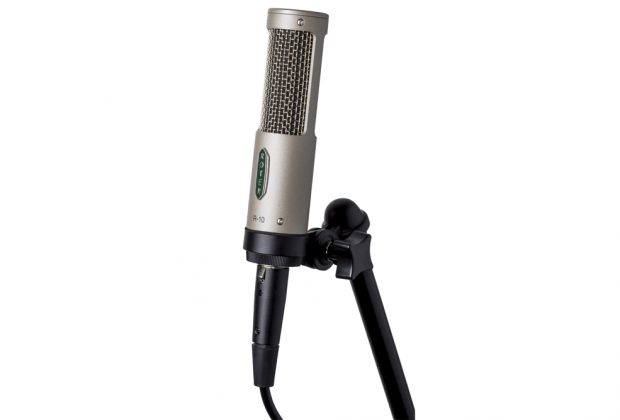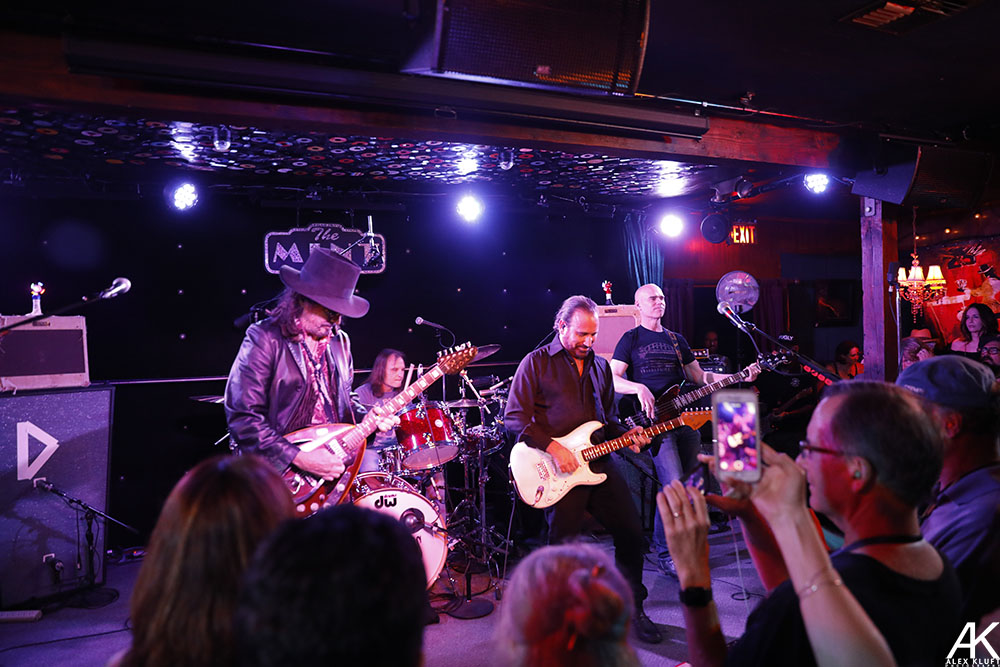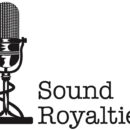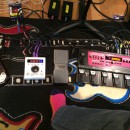Royer Labs' R-10 microphone answers the need for a high quality yet lower priced ribbon microphone that is compact, rugged and able to survive real-world sound pressure levels up to 160dB (measured at 1kHz). The design goals of the R-10 include the freedom to place it on high SPL instruments in the studio and on live stages and enjoy the smooth frequency response of a ribbon microphone.
The R-10 has a 2.5-micron thick aluminum ribbon--it's the same ribbon element used in their R-121 ribbon mic. It has a sensitivity rating of -54dBv (ref. 1v/PA) and a frequency response of 30Hz to 15kHz (+/-3dB). The R-10's sensitivity is about 5dB lower than Royer's flagship R-121 (at -50 dBv) and features a custom Royer-designed transformer. This transformer increases the R-10's headroom and gives it extremely high SPL capabilities for recording loud electric guitar and bass cabinets, close-in brass and other high-volume sources.
With ribbon microphones there is a trade-off between the ribbon's thickness, its ruggedness, high frequency response and distortion. And I think Royer Labs has struck a good balance with the new R-10.
I liked its smaller size--just 5 7/8-inches tall including the adjustable mounting clip--perfect for sneaking in close to guitar amps or percussion instruments. It's a non-powered mic--no phantom power required--eliminating a possible issue in small live sound venues. It is also good to know that the ribbon element is not affected by high heat or humidity.
The R-10 has an internal multi-layer windscreen that reduces p-pops and air blast plosives that can easily damage the ribbon itself. As a side benefit, the windscreen tends to play down the proximity effect--the low frequency buildup when it's placed close to the source. Wind blasts from loud guitar cabs and kick drums can easily stretch a ribbon microphone's ribbon element and when this happens, the ribbon itseld must be replaced. The R-10's wind filter system cuts down on potential ribbon replacements.
The two sides of the figure-of-eight polar pattern of the R-10 offer two distinct sounds because the ribbon assembly itself is offset inside of the microphone body. Both sides have equal sensitivity but the obverse, logo side of the mic will handle more SPL while the reverse side has a brighter sound and is usually better for recording quieter sources.
I received a matched pair of R-10s for review that have sequential serial numbers and matched sensitivity measurements. Sensitivity is matched within 1dB while the resonant frequency of the ribbon is also matched within 3Hz. The resonant frequency of the ribbons in the two R-10s are 40Hz and 41Hz. Said to be the "sweet spot" for the R-10 ribbon, typically the resonant frequency of the R-10 ribbon is 40Hz +/- 3Hz. The resonant frequency indicates how taut the ribbon is tensioned. A too loosely-stretched ribbon (measured at around 25Hz) would sound sweeter but would not be practical or long-lived while a too-tightly tensioned ribbon (at 50Hz) would produce less low frequencies, degrade the transient response and be less sensitive.
In The Studio
My first test was using both R-10s on the same speaker of the studio's Paul Reed Smith "30" amp. I wanted to hear the difference between each side of the mics placed as close together (as physically possible) and aimed at the same speaker's center dust cover. I placed one R-10's logo side towards the speaker and the second R-10 right next to the first mic only with the rear side towards the dust cover. Although these mic positions might not be optimum for recording this amp and the desired guitar sound, this test would tell me just how different the two sides are. (as an interesting side note, the phase/polarity of both mic signals coming from these mics positioned this way was correct and flipping polarity of one of the mics at the console's pre-amp produced the expected null.)
The R-10 with its logo facing the dust cover produced the most balanced sound--bright enough with good low frequencies. The second R-10 with its back to the dust cover was brighter, slightly thinner sounding with a cleaned up low mid-range. If I were double-tracking guitar parts, I would probably use two R-10s each optimized in this configuration and alternate between them for each subsequent double-track.
Next I tried the pair of R-10s rigged one above the other in a Blumlein stereo pair for recording a Takamine acoustic guitar. This sounded great when placed over the instrument's 12th fret although getting enough recording level had me nearly maxing out the API 1608 console's mic pre-amp gain.
With the R-10 being about 5dB less sensitive than Royer's R-121 ribbon mic, I had better luck using my own Millennia Media HV-37 pre-amp or my Ingram MPA685 variable-impedance mic pre set to either the mid (1.5k-ohm) or high (2.5k-ohm) input impedances. The unit's low impedance position at 600-ohms loaded down the microphone and produce a thick and dulled-out sound. This verified the recommended load impedance of the R-10 is 700-ohms or greater.
If you don't have a high-gain pre-amp, another way to get extra gain is to use (as an example) a:
Cloud® CloudLifter CL-Zi in-line activator.
This exercise proves out that the R-10 is for very loud sources--namely close in guitar cabinets or brass instruments where it shines. It is possible to use them on acoustic guitars and other quiet sources but it would require a stable, high gain pre-amp with a low noise floor.
Great Kit
The R-10 comes with a solid swivel mount called the RM-10. It securely holds the mic and has a rubber "gasket" ring that minimally shock mounts the R-10. If the mount is lost or broken, it's replaceable for $19. If you'd like a shock mount, contact Royer Labs and they will supply one although it is not a standard item they sell. The R-10 matched pair comes in foam-lined carrying case--each mic weighs 13-oz. The microphones have a five-year warranty plus free ribbon replacement in the first year.
A single Royer Labs R-10 sells for $499 street price.
A matched pair of R-10's is $1,048.
A set of matched R-10s come in a single case that fits both microphones and mounts.
Barry Rudolph is a recording engineer/mixer who has worked on over 30 gold and platinum records. He has recorded and/or mixed Lynyrd Skynyrd, Hall & Oates, Pat Benatar, Rod Stewart, the Corrs and more. Barry has his own futuristic music mixing facility and loves teaching audio engineering at Musician’s Institute, Hollywood, CA. He is a lifetime Grammy-voting member of NARAS and a contributing editor for Mix Magazine. barryrudolph.com














